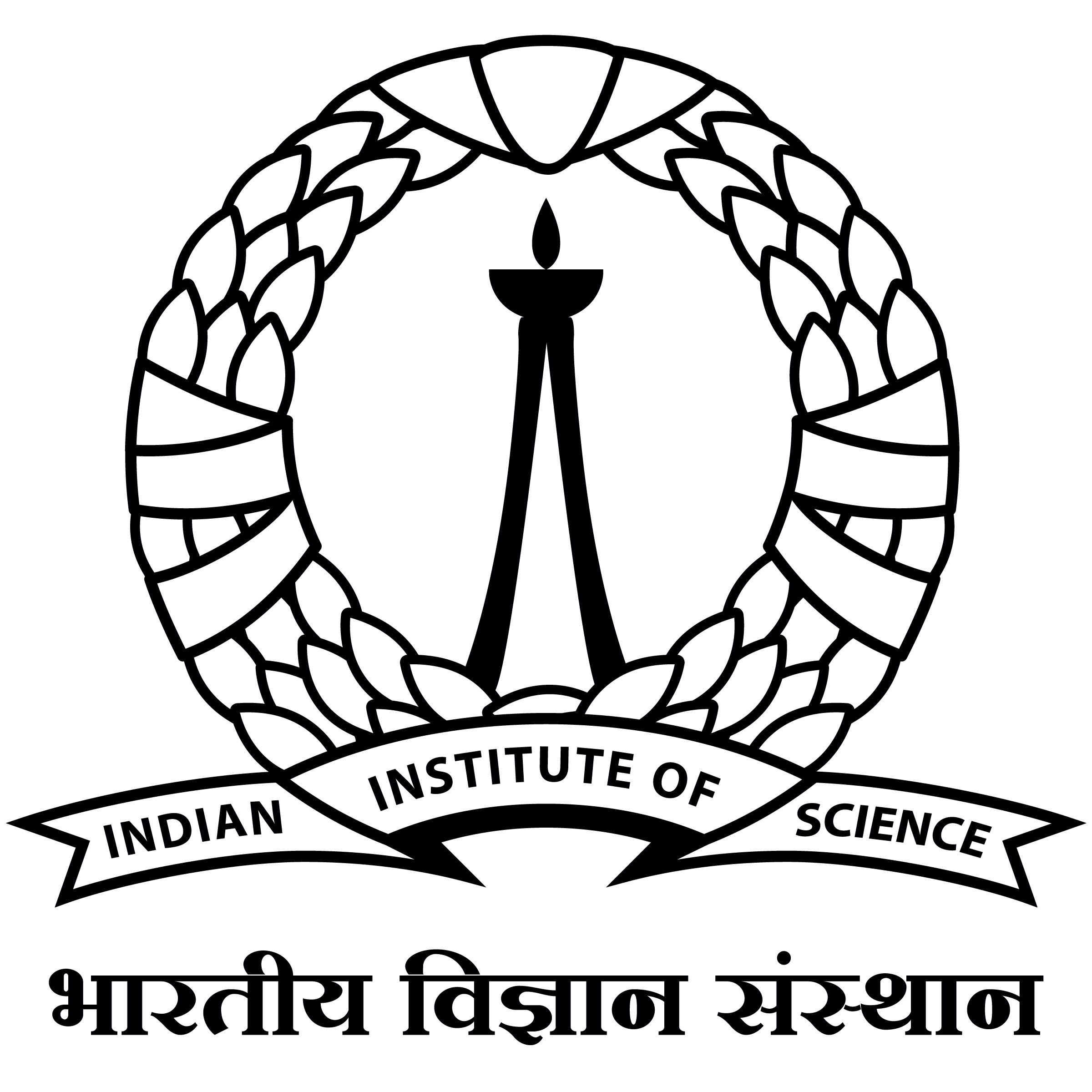Top-$nσ$: Not All Logits Are You Need
Large language models (LLMs) typically employ greedy decoding or low-temperature sampling for reasoning tasks, reflecting a perceived trade-off between diversity and accuracy. We challenge this convention by introducing top-nsigma, a novel sampling method that operates directly on pre-softmax logits by leveraging a statistical threshold. Our key insight is that logits naturally separate into a Gaussian-distributed noisy region and a distinct informative region, enabling efficient token filtering without complex probability manipulations. Unlike existing methods (e.g., top-p, min-p) that inadvertently include more noise tokens at higher temperatures, top-nsigma maintains a stable sampling space regardless of temperature scaling. We also provide a theoretical analysis of top-nsigma to better understand its behavior. The extensive experimental results across four reasoning-focused datasets demonstrate that our method not only outperforms existing sampling approaches but also surpasses greedy decoding, while maintaining consistent performance even at high temperatures.



